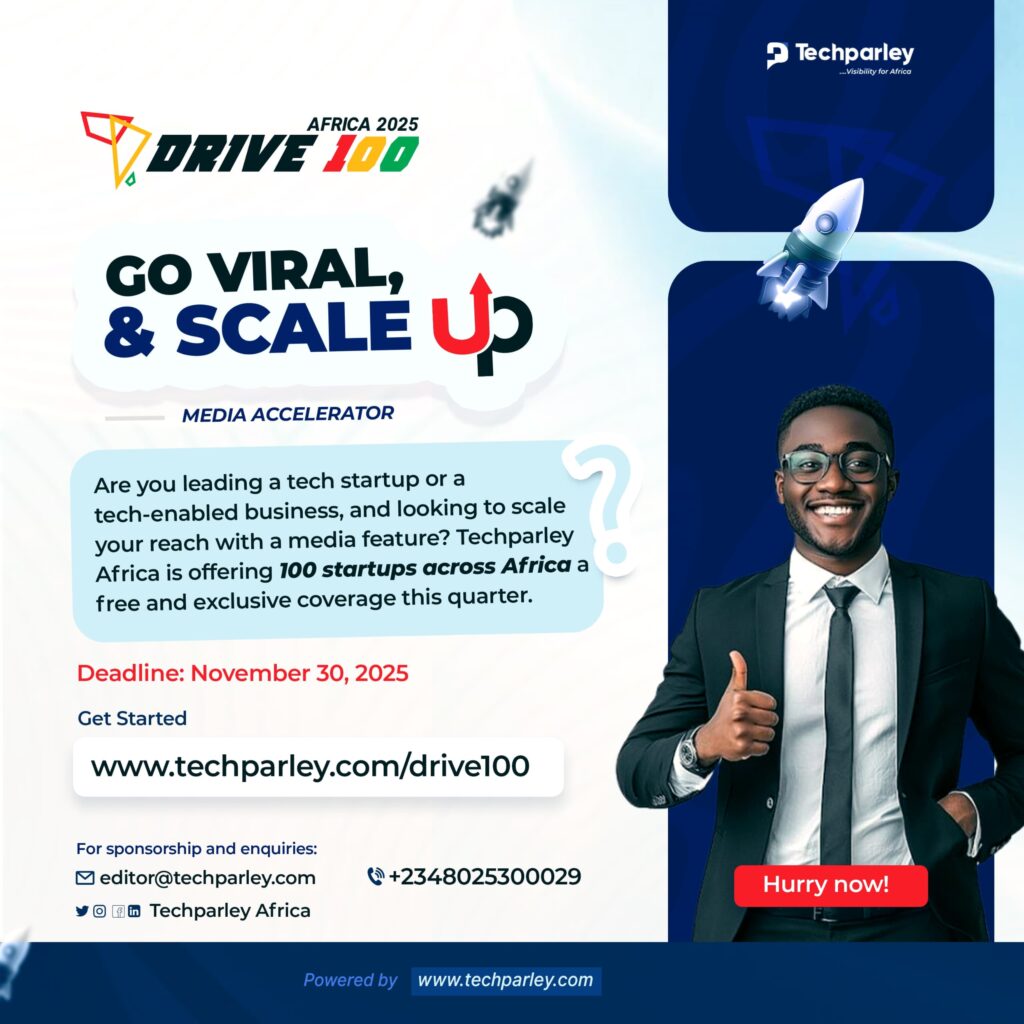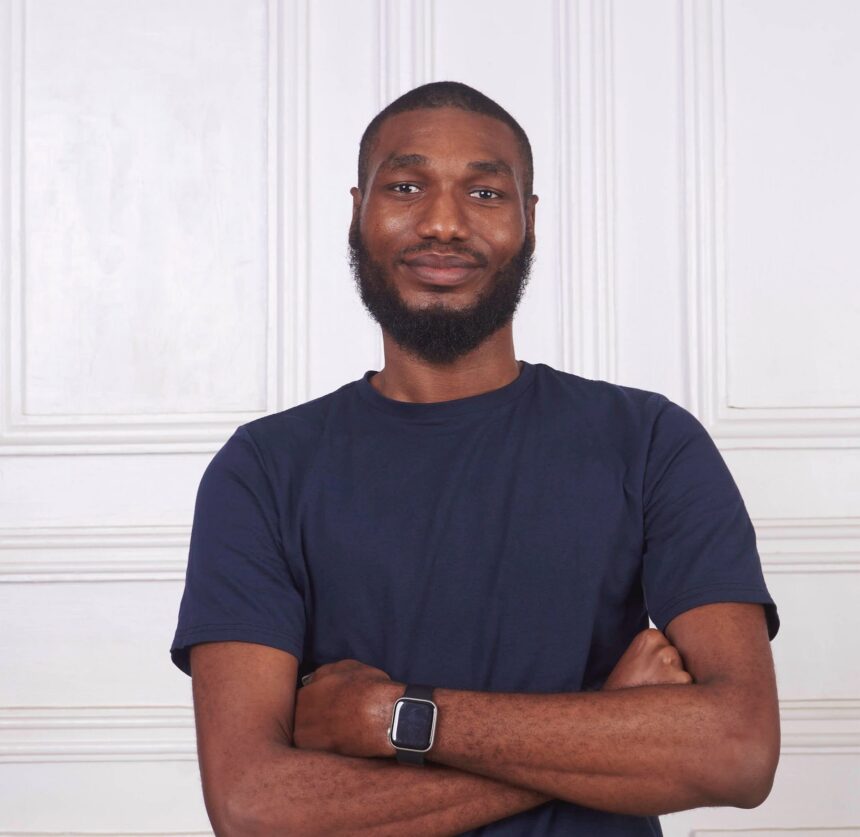For Nigerians who are blind or visually impaired, it is a daily struggle to live, as existing assistive tools are either prohibitively expensive or not designed for local realities. EyeGuide, a navigation application is now changing the game.
EyeGuide, developed by Lagos-based technologist Charles Ayere, is an AI-powered navigation app that uses iPhone LiDAR sensors to help blind users detect obstacles, sense human presence, and move with confidence.
For Ayere, this reality was personal. According to him, watching a close friend of 12 years navigate independently proved frustrating. The friend’s struggles inspired him to build EyeGuide. It is also free to use.
“I do not want people paying for something that should be as available as water,” Ayere said. “Accessibility should not be a privilege.”
What You Should Know
According to Ayere, the idea for EyeGuide came in early 2024, when he explored how existing technology could improve accessibility for the blind.
Inspired by car sensors that detect nearby objects, he wondered: if vehicles can sense obstacles, why not develop a similar solution for visually impaired individuals? His research led him to LiDAR (Light Detection and Ranging), which became the foundation for a more reliable, locally built navigation tool.
LiDAR, in contrast, emits laser pulses that bounce off nearby objects and measure the return time, creating a 3D map of surroundings, even in total darkness. Built into iPhone Pro models and iPad Pro 2020 onwards, it allows EyeGuide to process data locally, keeping user information private.
When users open the app, it scans their environment and provides voice prompts such as “turn left,” “turn right,” or “collision detected,” alongside vibrations that intensify as obstacles approach.
The founder said the app can detect objects, measure distance in metres, and even identify human presence. Users can start or stop the app with the volume buttons, and it pauses scanning automatically when idle.
Expanding Accessibility
Currently available only on iOS, EyeGuide’s vision extends to Android users through smart glasses connected via Bluetooth. These glasses use ultrasonic sensors, which are cheaper and more energy-efficient than LiDAR, allowing the technology to remain affordable.
Cost remains a key consideration. With assistive tools such as WeWALK Smart Cane priced at ₦752,000, and simpler imported options around ₦90,000, many Nigerians cannot afford existing solutions.
With a national minimum wage of ₦70,000, most options are out of reach. EyeGuide, for now, is free, as the founder said upcoming smart glasses will be priced to cover production costs only.
“The upcoming smart glasses will come at a cost, just enough to cover production. They won’t be free, given the tech and manufacturing costs, but for me, it’s still a way to give back,” Ayere said.
What This Means
According to Ayere, future updates may include real-time currency detection and live location sharing, as well as AI-driven object recognition. The app currently has over 600 users, with projections of 2,000–3,000 globally in the coming months.
Ayere hopes EyeGuide will raise awareness among policymakers and inspire developers across Africa to focus on accessibility. Through EyeGuide, he hopes to change how society views accessibility.
“Accessibility should not be an afterthought,” Ayere said. “We should build with people, not just for them.”
Through EyeGuide, industry experts say Nigeria’s visually impaired can navigate their city with greater confidence, and African tech is proving that innovation can be inclusive, practical, and locally driven.
Talking Points
It is impressive that Charles Ayere has designed EyeGuide to function fully offline, addressing a major barrier many visually impaired Nigerians face: unreliable access to assistive technology.
This single feature positions EyeGuide as a practical solution for real mobility challenges, especially for blind users navigating busy, unpredictable urban environments like Lagos.
At Techparley, we see how tools like this can accelerate inclusive technology adoption, giving real value to communities that are often overlooked in urban planning and tech innovation.
The integration of obstacle detection, human presence sensing, voice prompts, and adjustable vibrations means visually impaired users can move with greater independence and confidence, almost as seamlessly as sighted individuals.
With the right strategic support, EyeGuide has the potential to become a catalyst for accessibility and inclusion, redefining how visually impaired people navigate cities in Africa.
——————-
Bookmark Techparley.com for the most insightful technology news from the African continent.
Follow us on Twitter @Techparleynews, on Facebook at Techparley Africa, on LinkedIn at Techparley Africa, or on Instagram at Techparleynews.






